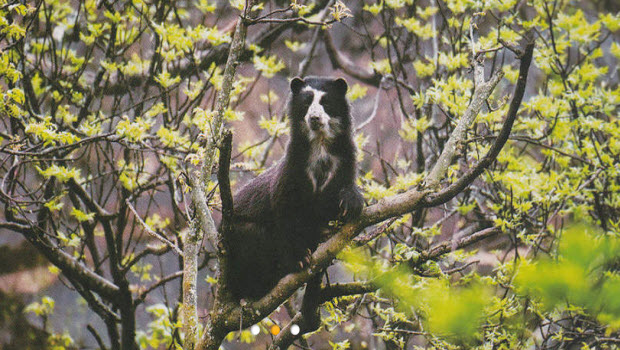
Top Five Wanderlust Wishlist for 2012
Here we are, three days into the first work week of 2012, but I’m having a hard time concentrating on the tasks at hand.
Instead, I’m thinking whether this year will be the one when I actually get to all the travel destinations that I promised myself I’d visit as part of my New Year’s resolutions.
Here’goes:
Nº 1. Topping it off is Chaparrí, the private reserve in Northern Peru created and run by the local community. It’s one of the best protected dry forest areas in the country, and is home to a range of wildlife, including many endemic and threatened species, like Spectacled Bears, Andean Condor and White-winged Guan.
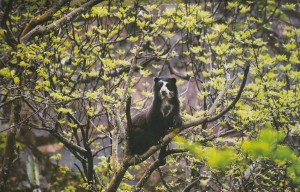
Chaparrí is also home to the Andean Bear Rescue Center, run by Rob Williams, the Peru Country Program Director for Frankfurt Zoological Society.
Guests at the Chaparrí Lodge are guaranteed a birds-eye view of wildlife.
Nº 2. 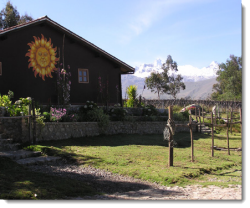
There’s a bungalow waiting there that’s perfect for me, my wife and kids.
The last time I went to Lazy Dog was with my two boys, but I didn’t quite make it. My older son got hit with altitude sickness, so I stayed with him in Huaraz, reading him stories and serving lots of sweet, tepid herbal tea. My younger son went ahead with his uncle Chris and had the time of his life, rock climbing and horseback riding with lodge owners Diana and Wayne.
Nº 3. 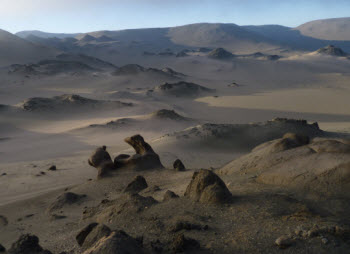
Some time between 65 and 40 million years ago, it was thrust up above sea level in the tectonic crash of the Pacific and the Nazca plates that formed the Andes. Now, with no vegetation to impede wind erosion, the largest marine fossil deposits in the world are revealed along desolate terrace ridges.
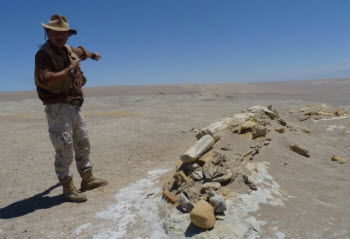
After more than 15 years of traveling around Peru, I can honestly say, the Ocucaje was the most hauntingly beautiful place I’ve seen. I want to return with my children. They would love it.
Nº 4. 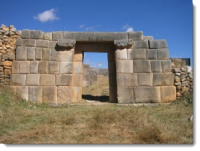
Dr. Cameron M. Smith, an archaeologist at Portland State University, graphically illustrated the immense scale of Huanuco Pampa, posting a diagram side-by-side with Edinburgh Castle, the Citadel of Mycenae and a Boeing 747.
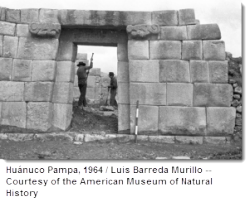
During four decades studying the site, Morris checked his field notes against the descriptions of the late 16th and 17th century Chroniclers to arrive at fascinating conclusions about Inca social divisions and political structures. He helped to unravel the mystery of what he coined “Inca urbanism.”
Getting to Huanuco Pampa is not easy. It requires a six-hour journey from the modern provincial capital that inherited the name, Huanuco, and entails hair-raising twists and turns on infamously narrow and dangerous Andean roads. But after 15 years of wanting to see it for myself, this is year I hope to make it happen.
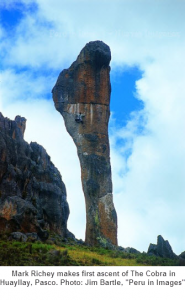
Interview with Jim Bartle
In this interview, Jim talks about his new book “Peru In Images,” a collection of more than 200 exquisite photos revealing Peru’s cultural, natural and historic diversity as seen through the lenses of 22 master photographers, including Mylene d’Auriol, Beto Santillán, Heinz Plenge, Renzo Ucelli and Johan Reinhard.
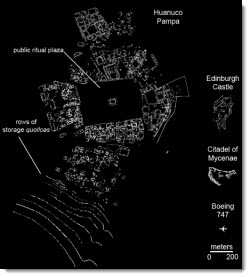

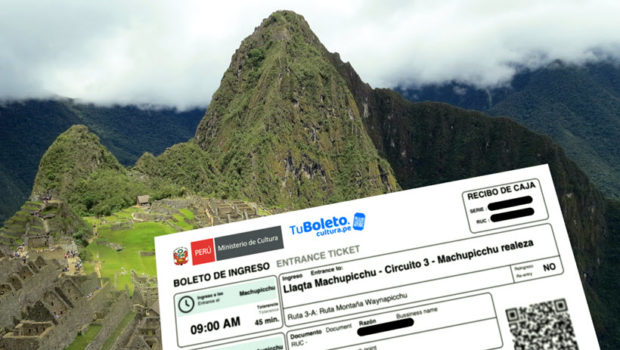 Machu Picchu New Rules in 2025
Machu Picchu New Rules in 2025 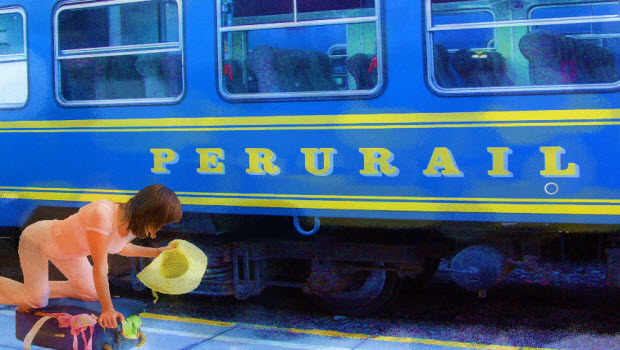 PeruRail gets tough on carry-on baggage limits for its Machu Picchu & Puno train service
PeruRail gets tough on carry-on baggage limits for its Machu Picchu & Puno train service 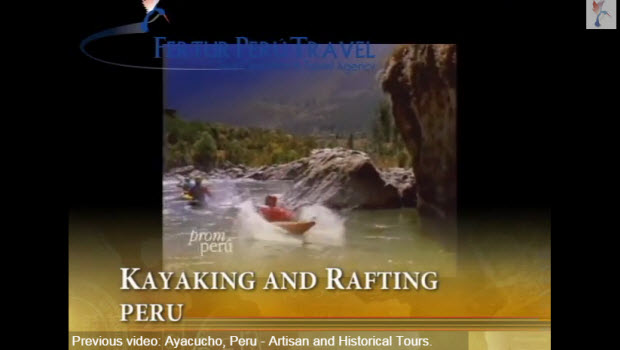 Check out Fertur Peru Travel’s new video on kayaking and rafting in Peru
Check out Fertur Peru Travel’s new video on kayaking and rafting in Peru 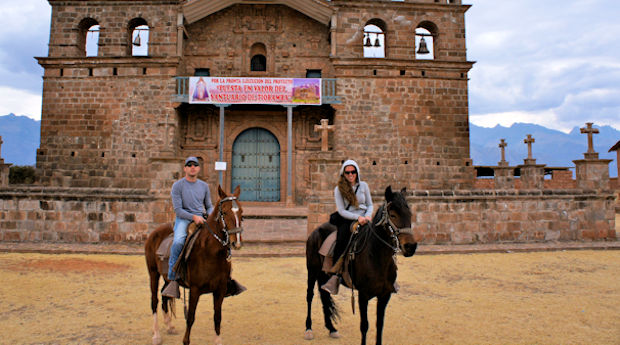 Cusco horseback riding tour in the Sacred Valley of the Inca
Cusco horseback riding tour in the Sacred Valley of the Inca 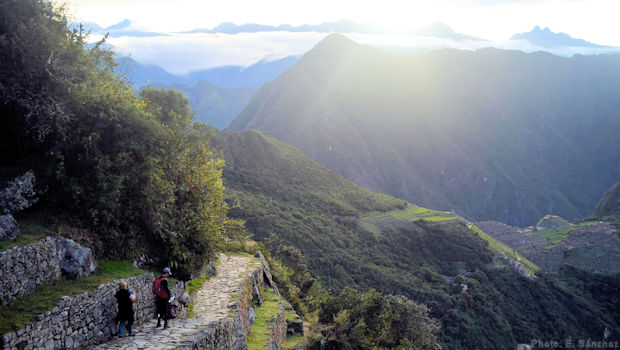 Peru Seeks International Certification For Inca Trail
Peru Seeks International Certification For Inca Trail 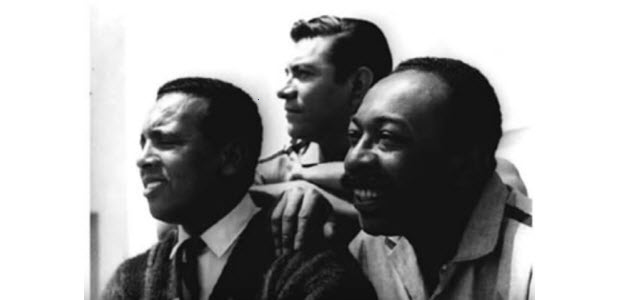 The Day of Afro-Peruvian Culture: June 4
The Day of Afro-Peruvian Culture: June 4 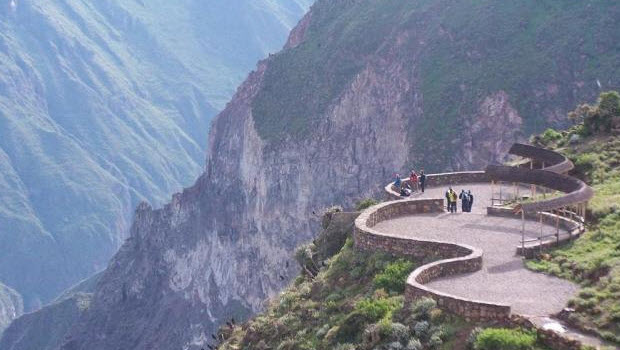 Entry fee to Colca Canyon Tourist Route set to nearly double for foreigners on Jan. 1
Entry fee to Colca Canyon Tourist Route set to nearly double for foreigners on Jan. 1 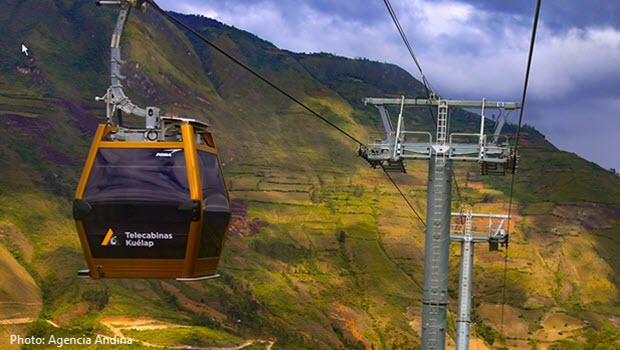 Kuelap, an adventurer’s alternative to Machu Picchu
Kuelap, an adventurer’s alternative to Machu Picchu